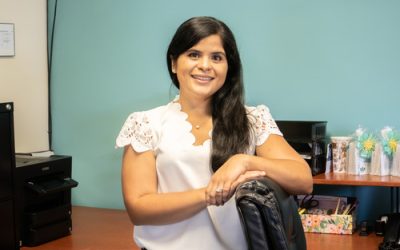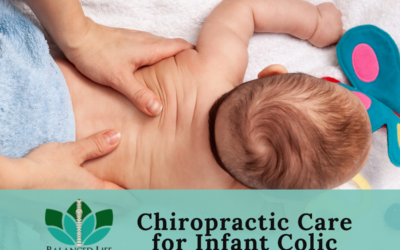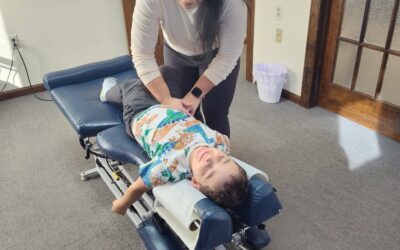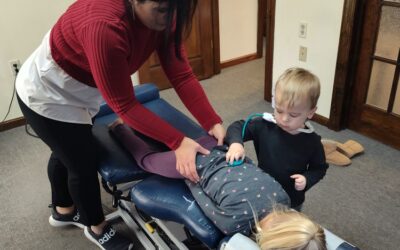Back to School- Proper Backpack use
|
 |
Here are a couple of tips to help the posture of your child by having a proper backpack use.
- Weight of the backpack
- Elementary students- the weight of the backpack should not exceed 10% of the weight of the child
- Junior and High School students- the weight of the backpack should not exceed 15% of the weight of the child
- Posture with backpack on
- The backpack should be the same length as child torso
- The backpack should be in the frame of shoulders and hip bone- should not be higher than the shoulders and not lower than the hip bone. The bottom of the backpack should lie in the curve of their lower back
- The child should be able to stand up straight
- Ideal backpack
- Should be lightweight
- Should have wide padded straps at least 2 inches
- Should have chest strap and waist straps
- Check for unnecessary items that should not be inside their backpack
Regular chiropractic care helps improve your child’s posture; remember chiropractic care will help maintain the health through all your children’s milestones.
Jacqueline Merced, DC CACCP




